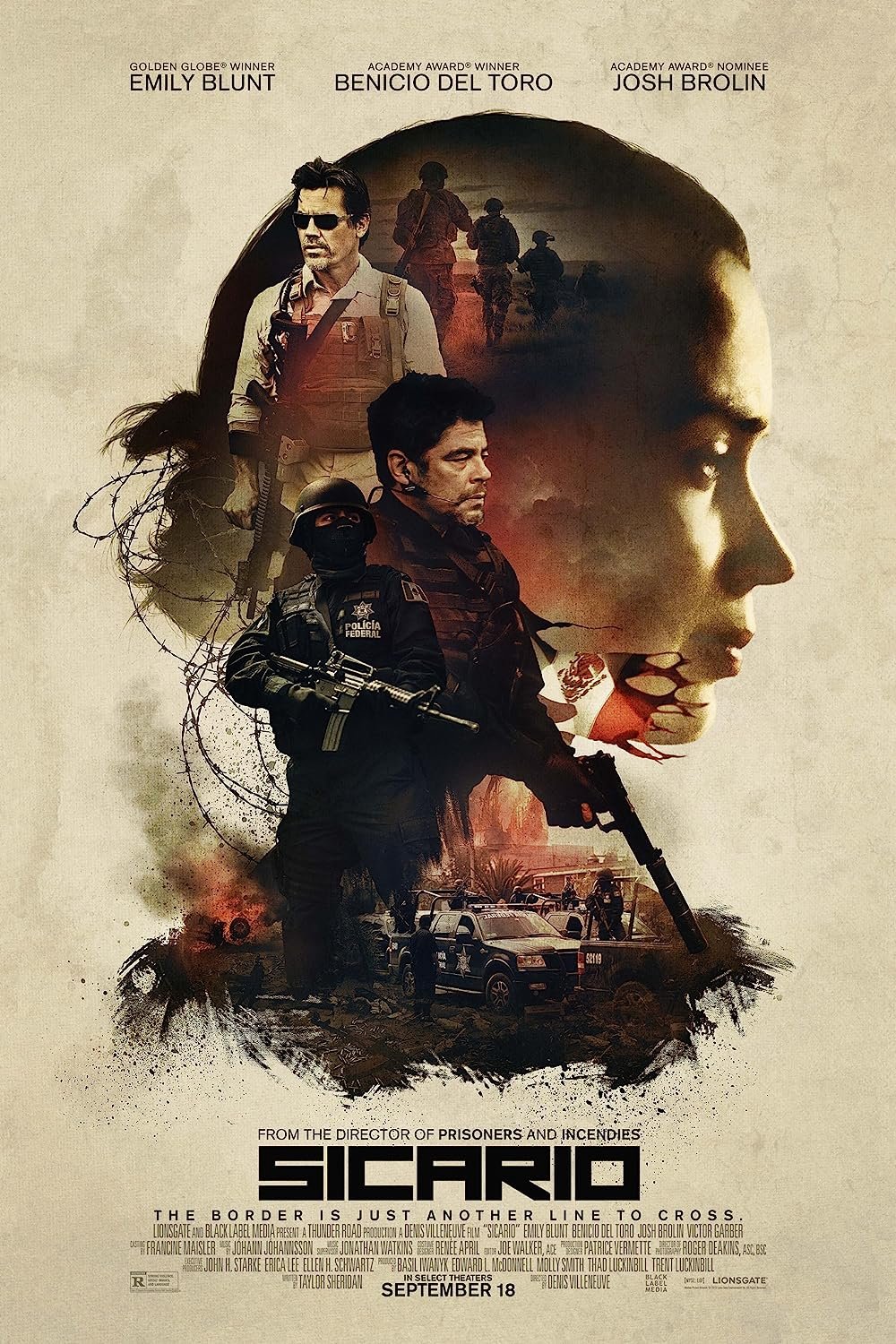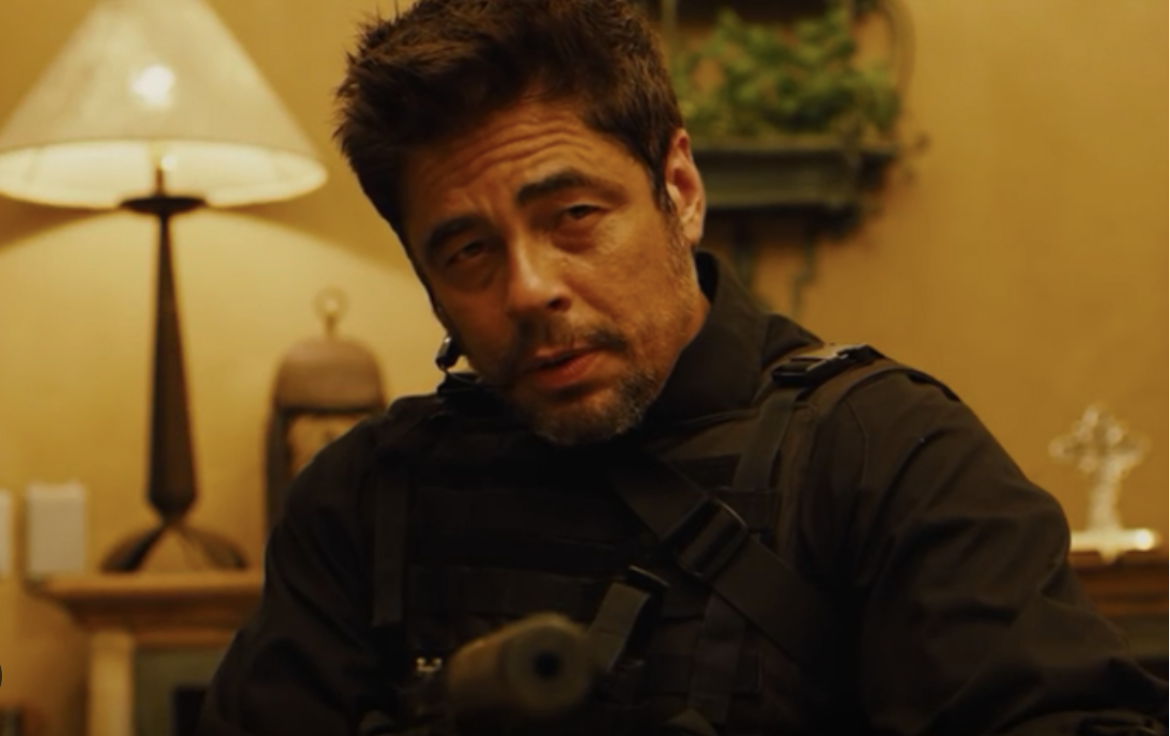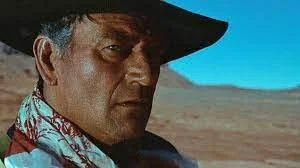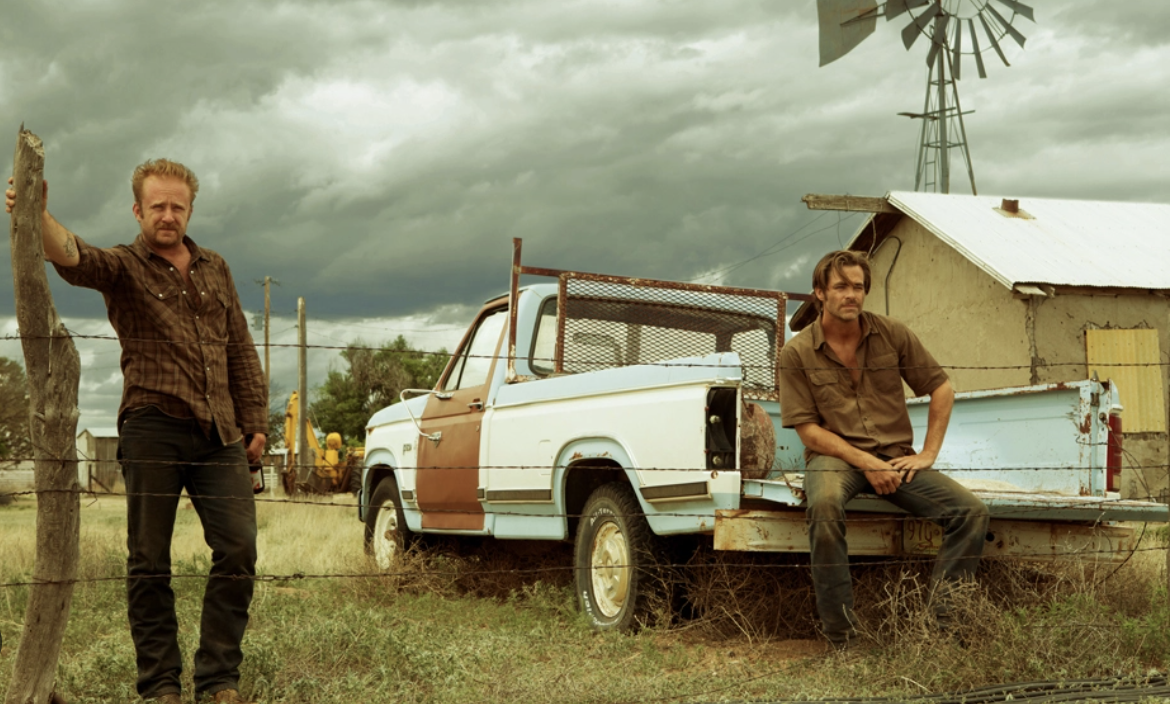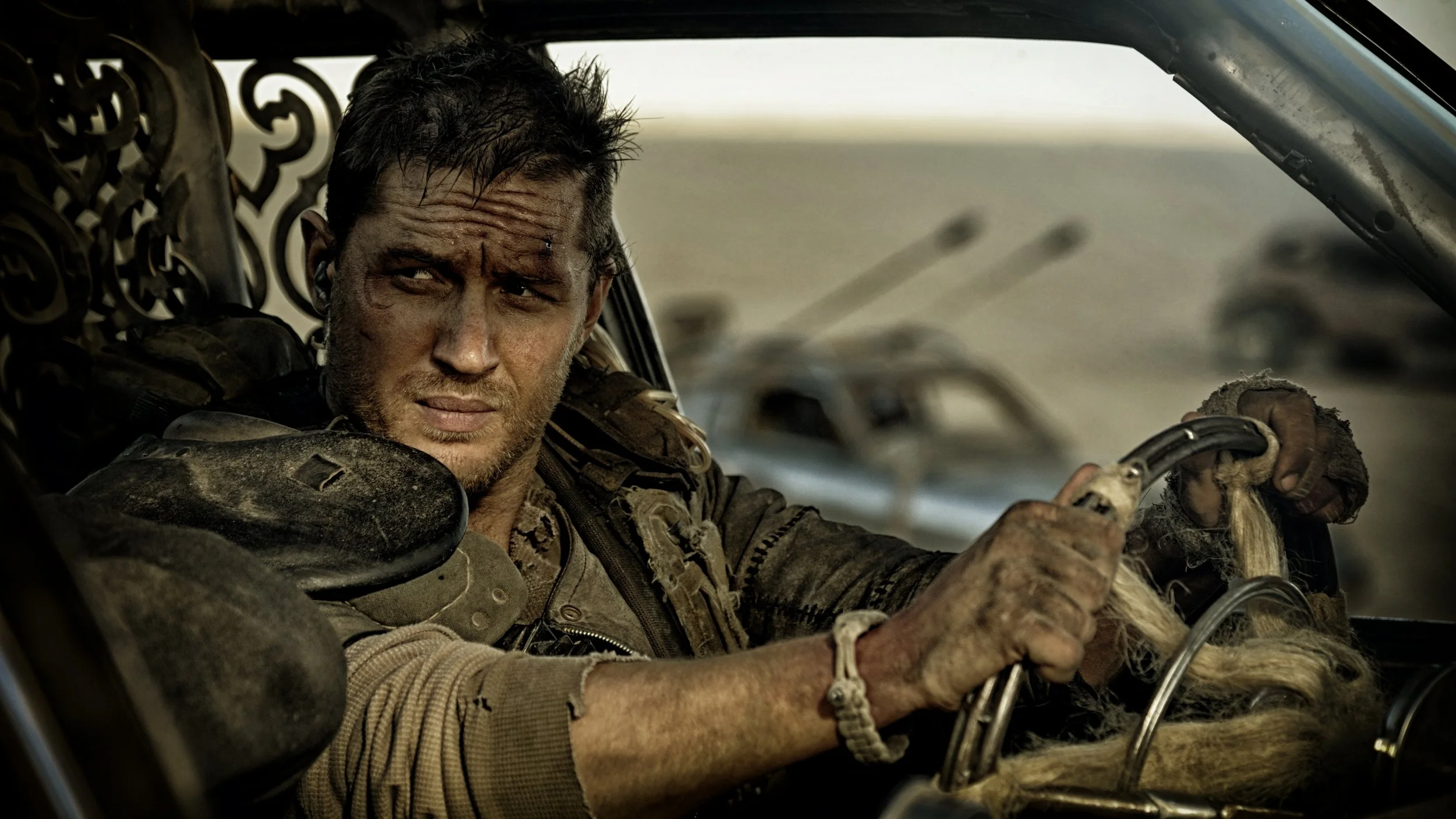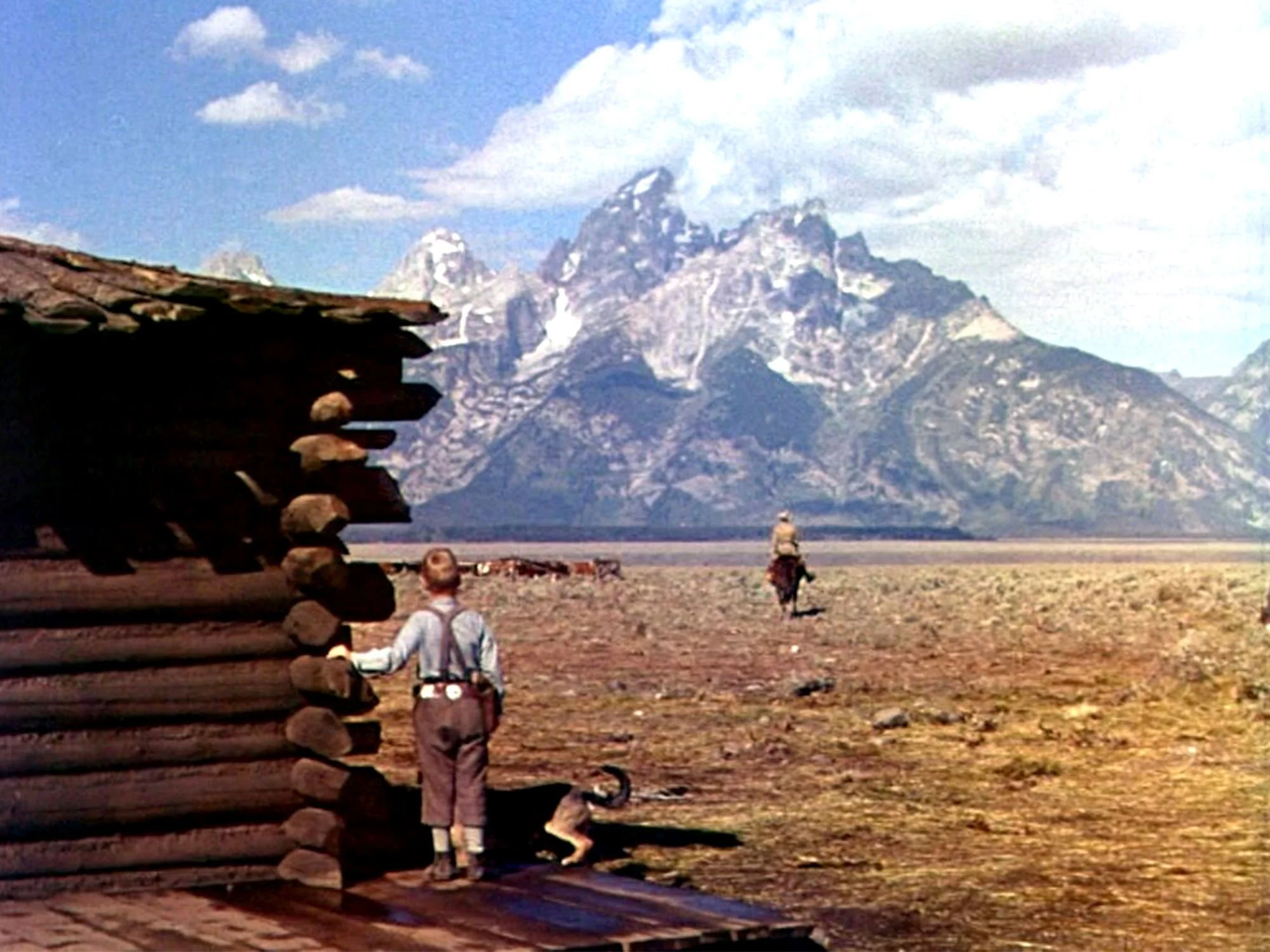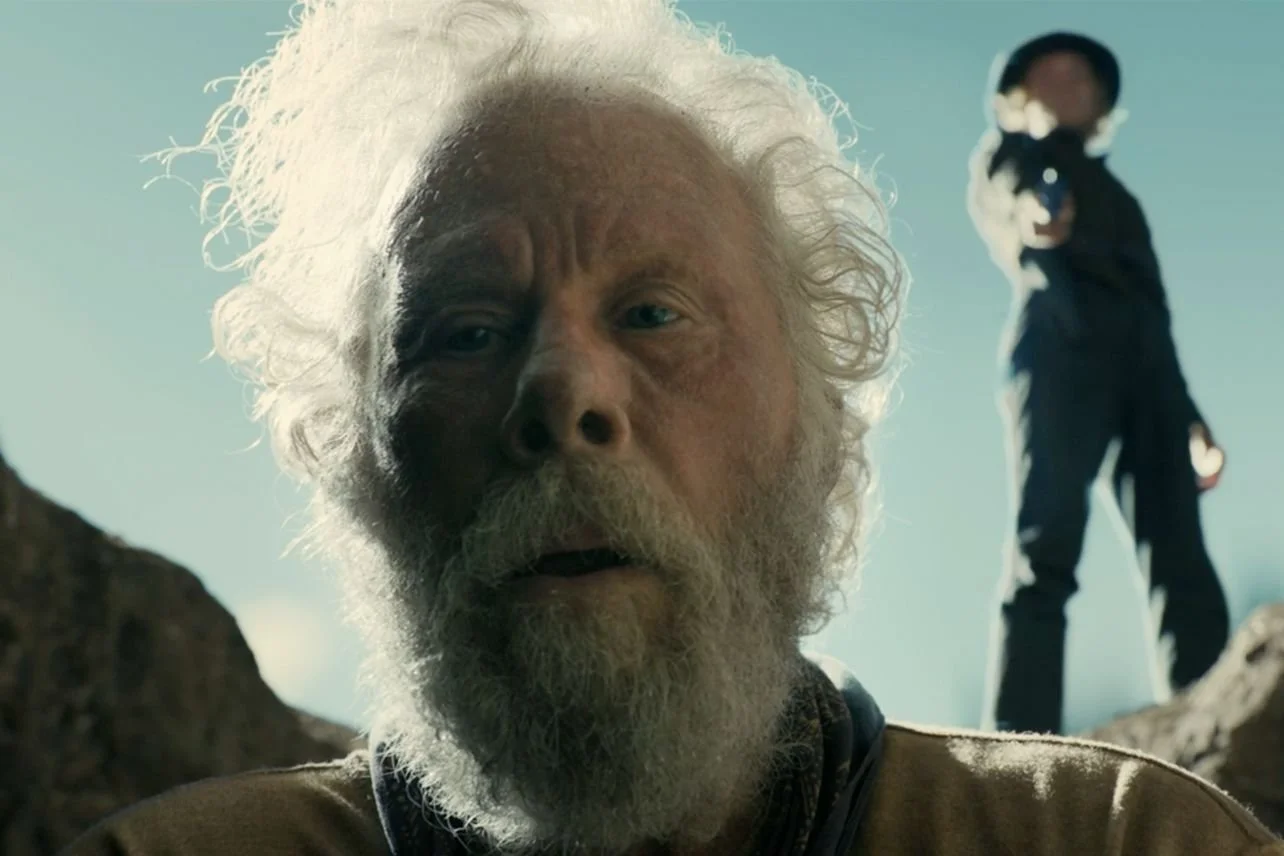SMUGGLER WESTERNS: Recent movies that are westerns you didn't think were westerns by Craig Hammill
Westerns as a lucrative genre with guaranteed return ceased to be the goose that laid the golden eggs in the late 1950’s, early 1960’s.
There have been huge hits after this: Sergio Leone & the Spaghetti Westerns of the 60’s/70’s, Sam Peckinpah’s 1969 THE WILD BUNCH, Clint Eastwood’s 1992 UNFORGIVEN, the Coen Brothers’ TRUE GRIT (their highest grossing movie actually), Quentin Tarantino’s 2012 DJANJO UNCHAINED…
But TV westerns, changing US audience sensibilities, and plain ol’ fatigue contributed to the cowboys heading into the cinematic sunset around 1963 mostly for good.
YET. . .there have been a whole host of what I’m going to coin “Smuggler Westerns” that have been huge hits over the last twenty years right under our noses. Huge successes that at cursory blush seem to be natives of other genres. But scratch the surface, look under the hood, mix your metaphor, and I bet you and I would agree: I’ll be damned, that’s a Western!
Great recent Smuggler Westerns are Taylor Sheridan’s scripted 2015 SICARIO and 2016 HELL OR HIGH WATER, George Miller’s 2015 MAD MAX FURY ROAD, the Coen Brothers’ 2018 THE BALLAD OF BUSTER SCRUGGS, and Paul Thomas Anderson’s 2007 THERE WILL BE BLOOD.
And of course at the latter part of 2023, we’re getting Martin Scorsese’s KILLERS OF THE FLOWER MOON starring Lily Gladstone, Leonardo Di Caprio, and Robert De Niro in the true life story of the planned murders of the Osage Indigenous nation in Oklahoma at the hands of white business men who wanted the oil rich land the Osage accidentally inherited.
The mythic macro and micro associations of the western still somehow have a hold on our consciousness.
Maybe even more to the point: the settling of the American west and the rise of the urban 20th and 21st century have not fully erased the utility of the Western in our own psyches.
Take Taylor Sheridan’s one-two powerhouse combo of 2015’s SICARIO and 2016’s HELL OR HIGH WATER.
SICARIO is directed by the extremely nimble and able Denis Villeneuve, lensed by master cinematographer Roger Deakins, and stars Emily Blunt, Benecio Del Toro, and Josh Brolin. It sees the complex, morally ambiguous US-Mexican border drug war through the eyes of skilled yet ultimately naive FBI agent Kate Macer. Kate becomes disillusioned as she realizes that CIA Agent Matt Graver and a soulful yet ominous CIA assassin, Alejandro Gillick, tricked and used her to circumvent US law.
SICARIO is a de facto Western. It has so many of the genre tropes: a sense of law trying to assert itself amongst lawlessness (here the US-Mexico border), shoot outs, even white hats and black hats in a way. What SICARIO communicates so well is that the archetypes of the western never disappear, they just evolve. The thrill seeking hired guns of the old westerns are now morally ambivalent CIA agents and Drug Runners.
Benecio Del Toro’s complex Mexican lawyer turned CIA assassin, Alejandro, is a direct descendant of John Wayne’s murderous family man Ethan Edwards from John Ford’s THE SEARCHERS.
The sudden, clear everyone out of the saloon brawl or gunfight now becomes SICARIO’s stunning midpoint Narco pick-up border run sequence and shoot out on the cross-border freeway scored to Johann Johannson’s iconic “The Beast” and “The Border” cues.
A year later, the Sheridan scripted HELL OR HIGH WATER directed by David Mackenzie, starring Chris Pine, Jeff Bridges, Ben Foster, and Gil Birmingham, came out and became a surprise sleeper hit. This story follows two working class bank robber brothers (Foster and Pine) who mastermind a spree of West Texas bank heists to raise the money to pay the mortgage on their mother’s land before the bank forecloses. A near retirement semi-racist good ol’ boy Texas Ranger (Bridges) hunts them down until the inevitable confrontation.
Again, Sheridan and the filmmakers are embracing the overlap with the Western, not running away from it. In fact, Sheridan called these two movies (and his debut WIND RIVER), a “Frontier” trilogy.
What’s fascinating about HELL OR HIGH WATER is how the movie finds common purchase between the Western and the very real issues of today: the archetypes of bank robbing family members serves as an astute metaphor for the working class getting squeezed by a system that no longer has any jobs for them. It’s also a deeply soulful and complex movie about brotherhood, friendship, and ostracization in the ever changing new “America”.
Sheridan pulls off a fascinating inversion in both SICARIO and HELL OR HIGH WATER: he ends both movies with dialogue scenes that act as the “gun fights” between the two main characters. While this kind of device might get you an eye roll in a producer’s office, the actual producers deserve plaudits for trusting both movies to end this way.
The dialogue scenes-in SICARIO between Blunt and Del Toro, in HELL OR HIGH WATER between Pine and Bridges-are actually suspenseful with a threat of potential death or violence hanging over both. This threat somehow buys the filmmakers the ability to develop themes to fulness that coursed through both movies.
8 years earlier, Paul Thomas Anderson embraced certain Western tropes to make both a classic AND totally oddball movie 2007’s THERE WILL BE BLOOD. Anchored by Daniel Day Lewis’s John Huston influenced performance as admirable then loathsome oil man Daniel Plainview, BLOOD gets a huge assist from a game Paul Dano as Plainview’s foil, the young Preacher Sunday who makes sure Plainview pays through the nose to get access to the land he wants.
What’s interesting in THERE WILL BE BLOOD and what connects it to many other westerns, is its essential thesis that very strong willed, often completely amoral or near amoral, yet charismatic American oddballs were crucial to America’s transformation into a global business powerhouse.
The Cattle and Oil Barons, Sherrifs, Gunslingers, Native Americans, and Cowboys of the 1800’s consciously and unconsciously colonized, united the lower 48 ahead of the two world wars of the first fifty years of the 1900’s. Daniel Plainview is nothing if not a proto-war profiteer industrialist ahead of 1941.
Paul Thomas Anderson also rightly cites the strange insidious influence of cynics who manipulate true believers through religion as another element of a current toxic American brew. In fact, THERE WILL BE BLOOD feels clearly like a thinly veiled critique of the current US political power plays to forge an uneasy marriage of business, religion, and demagogues into the cold steel of electoral might.
George Miller’s 2015 MAD MAX FURY ROAD is absolutely a post Apocalyptic car chase movie (just as previous MAD MAX movies were). But somehow all the MAD MAX Movies feel like variations on a lonely hero theme crystallized n George Steven’s classic 1953 western SHANE.
If you’ve never seen SHANE, it’s about how a strange mysterious good hearted gunman (Shane played by Alan Ladd) rides into town, fights the bad guys, then leaves just as enigmatically.
The MAD MAX character essentially feels like Shane in the apocalypse. And even though the horses have become souped up auto monstrosities, the MAD MAX movies all feel like glorious variations of the final Native Americans and Cowboys chase sequence across the desert flats from John Ford’s STAGECOACH turned up to 11.
Finally, the Coen Brothers’ 2018 meditation on death cloaked as a western anthology THE BALLAD OF BUSTER SCRUGGS is an overt Western in that all the stories take place IN the 19th century IN the American west. But in a topsy turvy way, these episodic shorts show how the Western can really be a beautiful empty vessel ready to be filled with the cargo of any kind of theme in the hands of able moviemakers. Though the penultimate story “The Gal Who Got Rattled” rightly gets cited as one of the movie’s best, it’s actually the Tom Waits’ starring middle story “All Gold Canyon” that is my personal favorite. Maybe not surprisingly because it’s the one that inverts/subverts the essential plot line of all the rest of the stories. But its huge subversion (which I won’t ruin here) acts as a kind of outlier that says “Yes, things often go this way (the way of the other stories) BUT every now and then they can also go this way (the way of the Tom Waits’ story). “ The exceptions to the rule sometimes prove more than the rule.
So all these meanderings and mumblings are just a way to argue that the Western appears from all recent data to be an inexhaustible genre in the hands of true believers, innovators, imagineers, etc.
It’s probably true that you’re not going to find a built in audience for a traditional western that does nothing new but that’s true of any uninspired movie.
However for those filmmakers who can take the genre, its tropes, its elements and find ways to re-imagine them, smuggle them, into a story that galvanizes a modern audience, there’s still an undiscovered country, as vast as the unknowability of the lands beyond mortal death itself, waiting for those willing to step out into the dark.
Craig Hammill is the founder.programmer of Secret Movie Club

